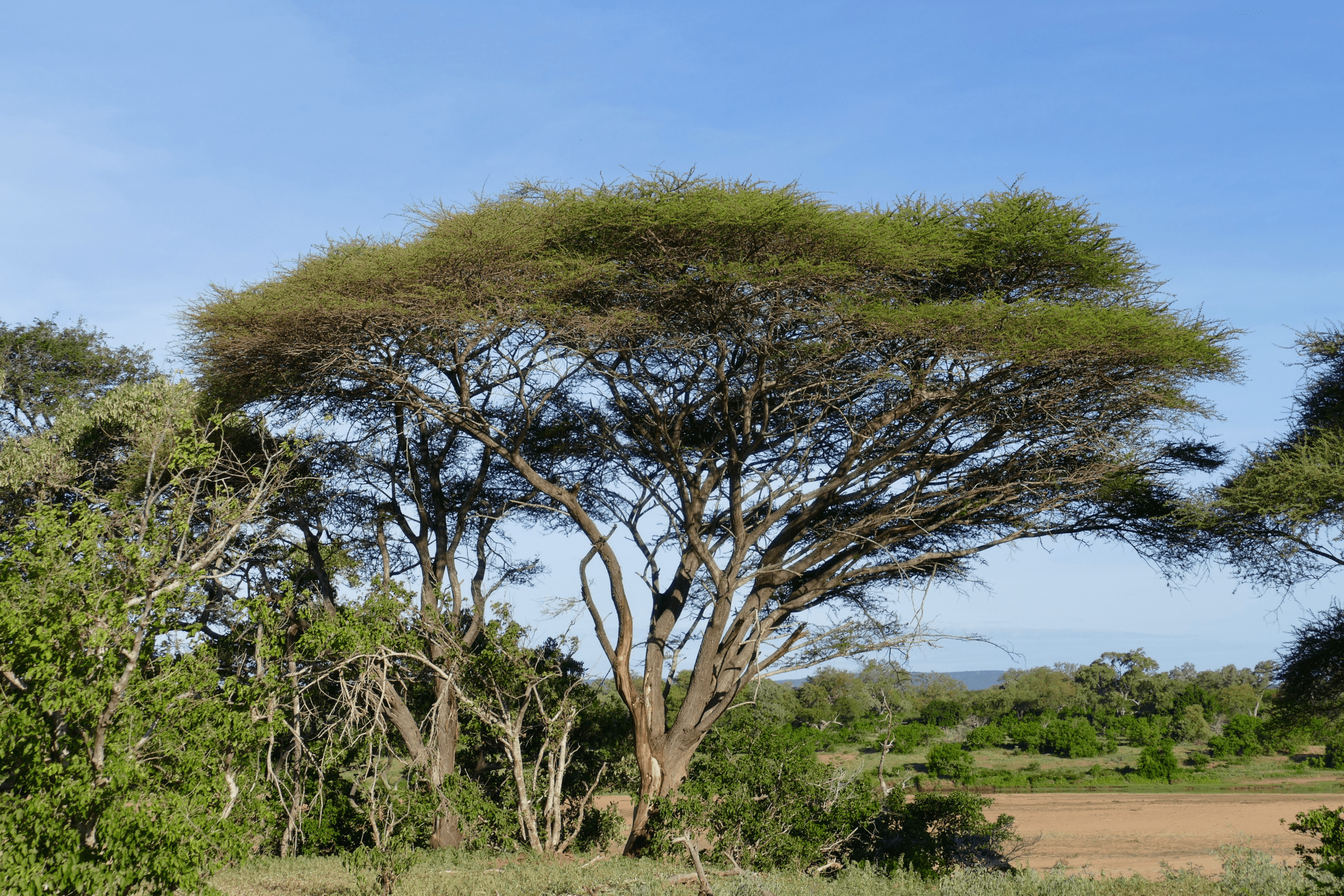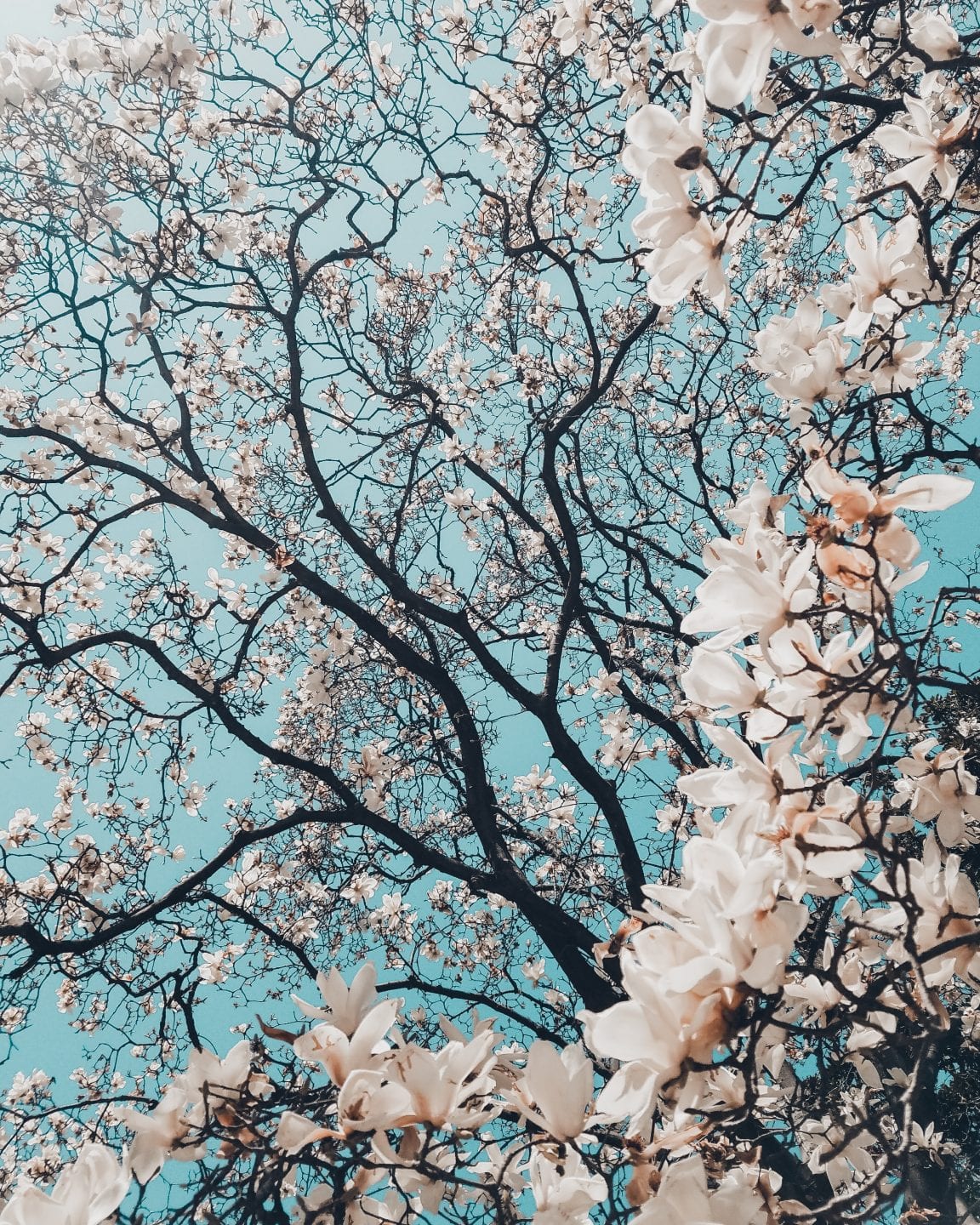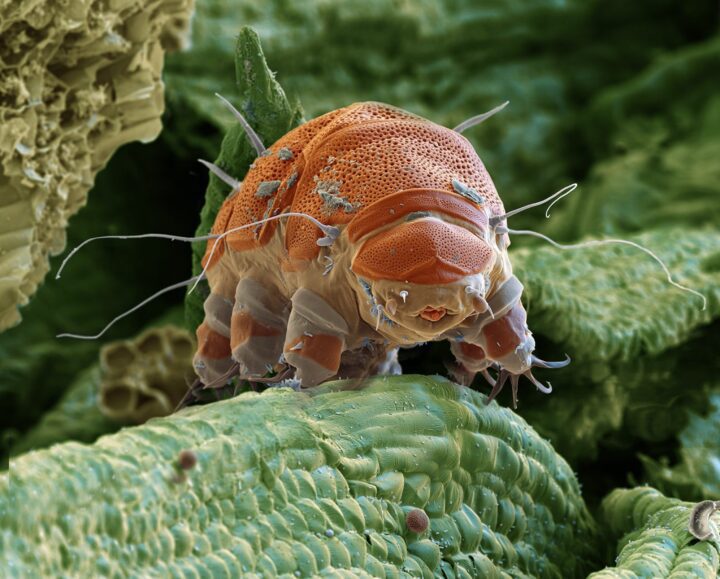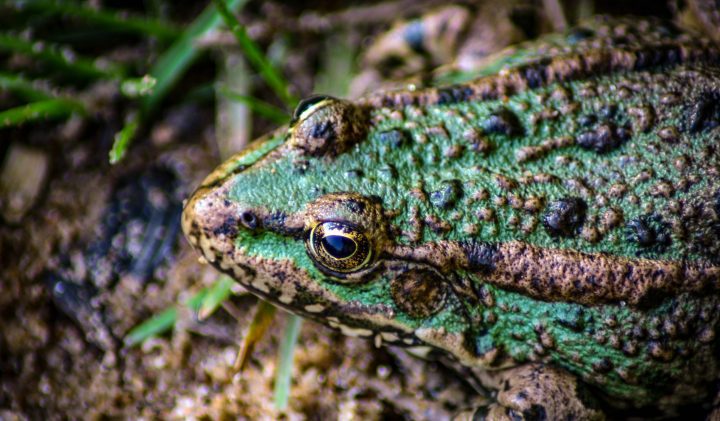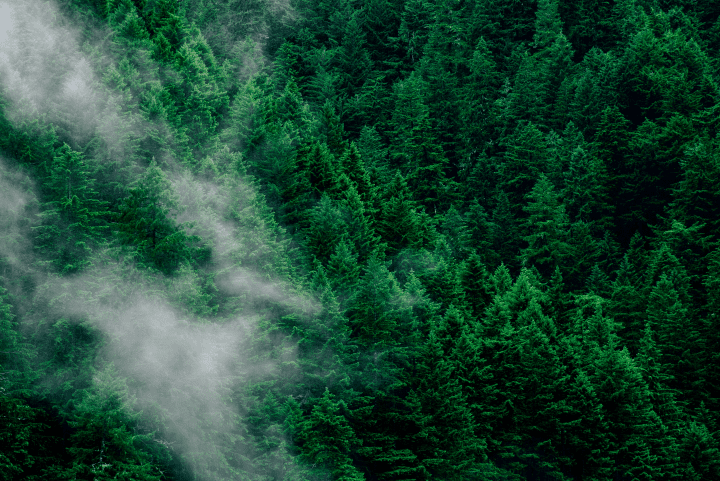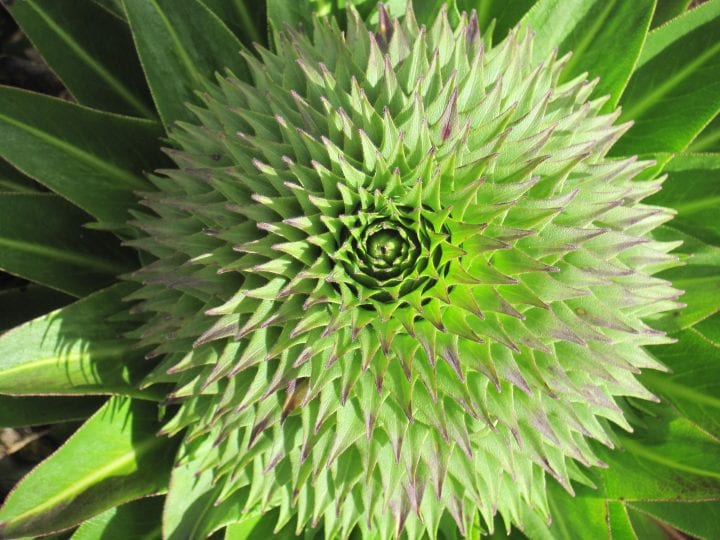The structure of umbrella thorn trees preserves soil moisture by having a high proportion above-ground woody mass and low amount of foliage.
“According to the savannah literature, grasses utilise the topsoil water while tree roots have exclusive access to deeper water, creating a clear niche separation (Weltzin and Coughenour, 1990; Deans et al., 1995). However, Belsky and her colleagues (1993) observed that the shallow rooting baobab (Adansonia digitata) has the same beneficial effect on understorey soils and vegetation as the deep-rooted Acacia tortilis. One explanation could be that both species have a higher proportion of woody aboveground structure than foliage, so that more soil water is saved by reducing soil evaporation than is lost as transpiration, although interception loss would still exist. In contrast, the proportion of woody structure in most new simultaneous agroforestry systems is deliberately kept to a minimum by either frequent pruning or selection of leafy tree species (Van Noordwijk and Ong, this volume).” (Ong and Leakey 1999:110)
Ong, C. K. and R. R. B. Leakey (1999). “Why tree-crop interactions in agroforestry appear at odds with tree-grass interactions in tropical savannahs.” Agroforestry Systems 45(1-3): 109-129.
